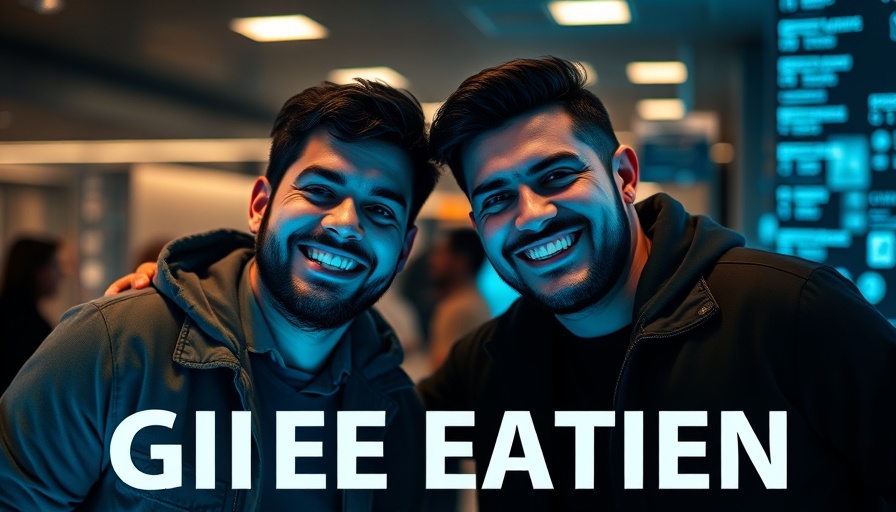
OpenAI Unveils Game-Changing Image Generation with GPT-4
OpenAI's recent launch of the image generation capability within the GPT-4 model marks a significant leap in the intersection of text and visual creativity. This enhanced feature enables users to produce visually stunning images directly within ChatGPT, transcending the capabilities of its predecessor, DALL·E. Notably, GPT-4's image generation integrates its advanced textual understanding, allowing for more precise rendering of images based on user prompts.
In 'ChatGPT’s New Image Generator - The AI Show with Paul Roetzer & Mike Kaput,' the discussion highlights groundbreaking advancements in AI image generation, prompting the exploration of its implications for creatives and businesses.
What sets this tool apart is its multimodal functionality, meaning it can generate and refine images through a conversational context, enabling users to interactively shape the visual outcome. This capability not only streamlines the creative process but also fosters a deeper connection between concept and execution.
Implications for Creatives and Businesses
As Paul Roetzer and Mike Kaput discussed, the implications of this technology extend beyond mere fascination. For creatives, this newfound capability can revolutionize the way ideas are translated into visuals. From crafting business ads to personal projects, the AI-assisted design becomes a powerful tool that democratizes creativity, allowing non-designers to easily bring their visions to life.
Furthermore, agencies involved in marketing and content creation may find themselves at a critical juncture. The acceleration of design capabilities could lead to heightened expectations from clients, as they become aware of how quickly and effectively AI can produce preliminary drafts.
The Future of Visual Creation: Tools and Expectations
The advancements in AI also prompt questions about the future landscape of creative work. The integration of AI tools suggests a shift in expectations within creative industries. As these tools become commonplace, creativity might not only accelerate but could also bring about a new era where initial drafts of work are predominantly AI-generated. This could transform roles across numerous sectors—from marketing strategists to graphic designers—into facilitators of AI, rather than sole creators.
Conclusion: Embracing the AI Transformation
The advancements demonstrated by OpenAI in the realm of image generation herald a new chapter in creative industries. Embracing these tools can enhance business productivity, foster innovation, and reshape the traditional roles of creatives. As we navigate this rapid transformation, it is essential for professionals to adapt to emerging technologies and leverage AI's potential to augment their capabilities.
 Add Row
Add Row  Add
Add 




Write A Comment